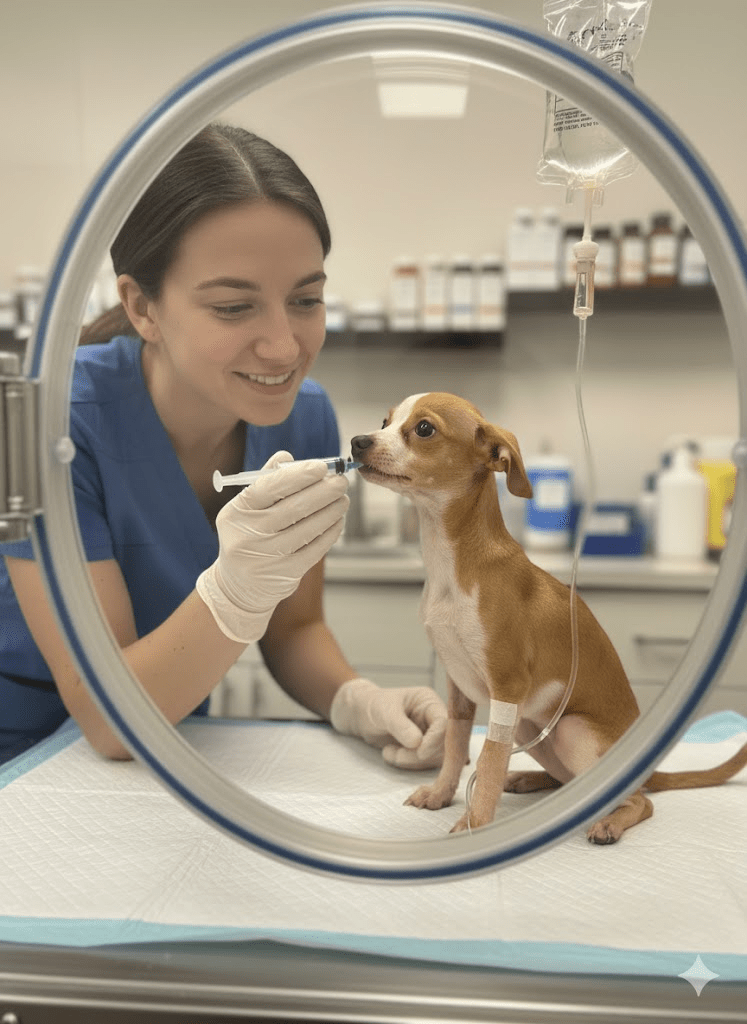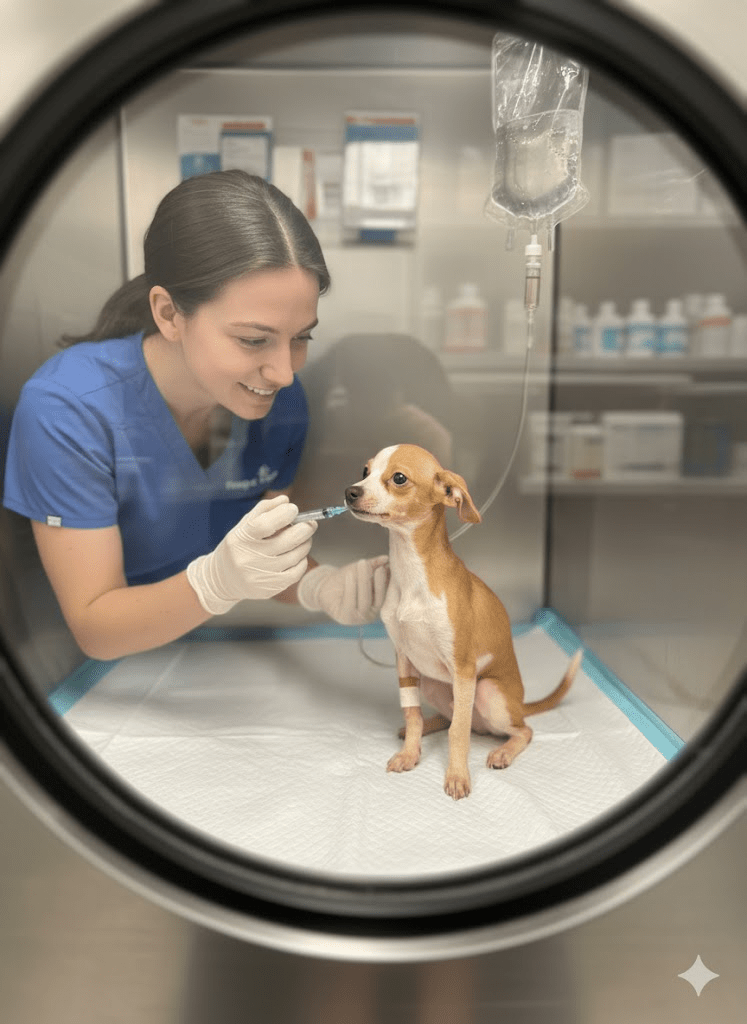The image above captures a moment of raw vulnerability, a small chihuahua-mix puppy with soulful eyes looking up, perhaps with a plea, perhaps with a flicker of hope. This tiny creature, visibly underweight and fragile, represents countless animals who endure neglect, abandonment, and cruelty every day. Their stories often remain untold, their suffering unseen. But for every animal like this puppy, there are dedicated individuals and organizations working tirelessly to provide a second chance, to mend broken bodies and spirits, and to offer the warmth of a loving home. This article delves into the critical work of animal rescue, the challenges faced, the triumphs celebrated, and how each of us can contribute to a world where every animal is treated with compassion and respect. It is a journey into the heart of animal welfare, inspired by the resilient spirit embodied in those innocent, hopeful eyes.

The first step in transforming a life like that of our featured puppy is often the most urgent: medical intervention. Animals found in such conditions frequently suffer from severe malnutrition, dehydration, parasitic infestations, and a host of other untreated illnesses. Upon arrival at a rescue facility or veterinary clinic, they undergo a thorough examination, including blood tests, fecal analyses, and sometimes X-rays, to assess the full extent of their health issues. Veterinary teams, often working with limited resources and under immense pressure, administer fluids, specialized diets, medications, and warmth, meticulously monitoring their progress. This initial phase is critical, as it lays the foundation for their physical recovery, stabilizing them enough to begin the longer journey back to health. The dedication of these medical professionals is paramount, as they often work against the clock to reverse the devastating effects of neglect. Their expertise, compassion, and tireless efforts provide these vulnerable animals with their very first chance at survival.

Beyond physical ailments, many rescued animals carry invisible wounds – the trauma of fear, abandonment, and abuse. Psychological healing is just as vital as physical recovery. This process often involves slow, patient rehabilitation, allowing the animal to gradually rebuild trust in humans. Foster homes play an invaluable role here, providing a stable, loving environment where animals can decompress and learn what it means to be a cherished pet. Through consistent positive reinforcement, gentle handling, and a predictable routine, these animals begin to shed their fear and exhibit their true personalities. A dog like our puppy, initially withdrawn or terrified, might slowly start to seek affection, play with toys, and wag its tail – small but significant victories that signify progress in their emotional recovery. This delicate work requires immense patience, understanding, and an unwavering commitment to the animal’s well-being.

The path to recovery is rarely linear. There are often setbacks, unexpected complications, and moments of doubt. However, the resilience of these animals, coupled with the unwavering dedication of their caregivers, is truly inspiring. Watching a once-emaciated puppy gain weight, its fur regain its luster, and its eyes sparkle with newfound joy, is a profound testament to the power of compassion. These transformations are not just about physical health; they are about restoring dignity, rekindling trust, and demonstrating that kindness can indeed heal the deepest wounds. Each successful recovery story reinforces the importance of animal rescue and provides hope for countless others still waiting for their chance at a better life. It is a continuous cycle of care, hope, and eventual triumph.







